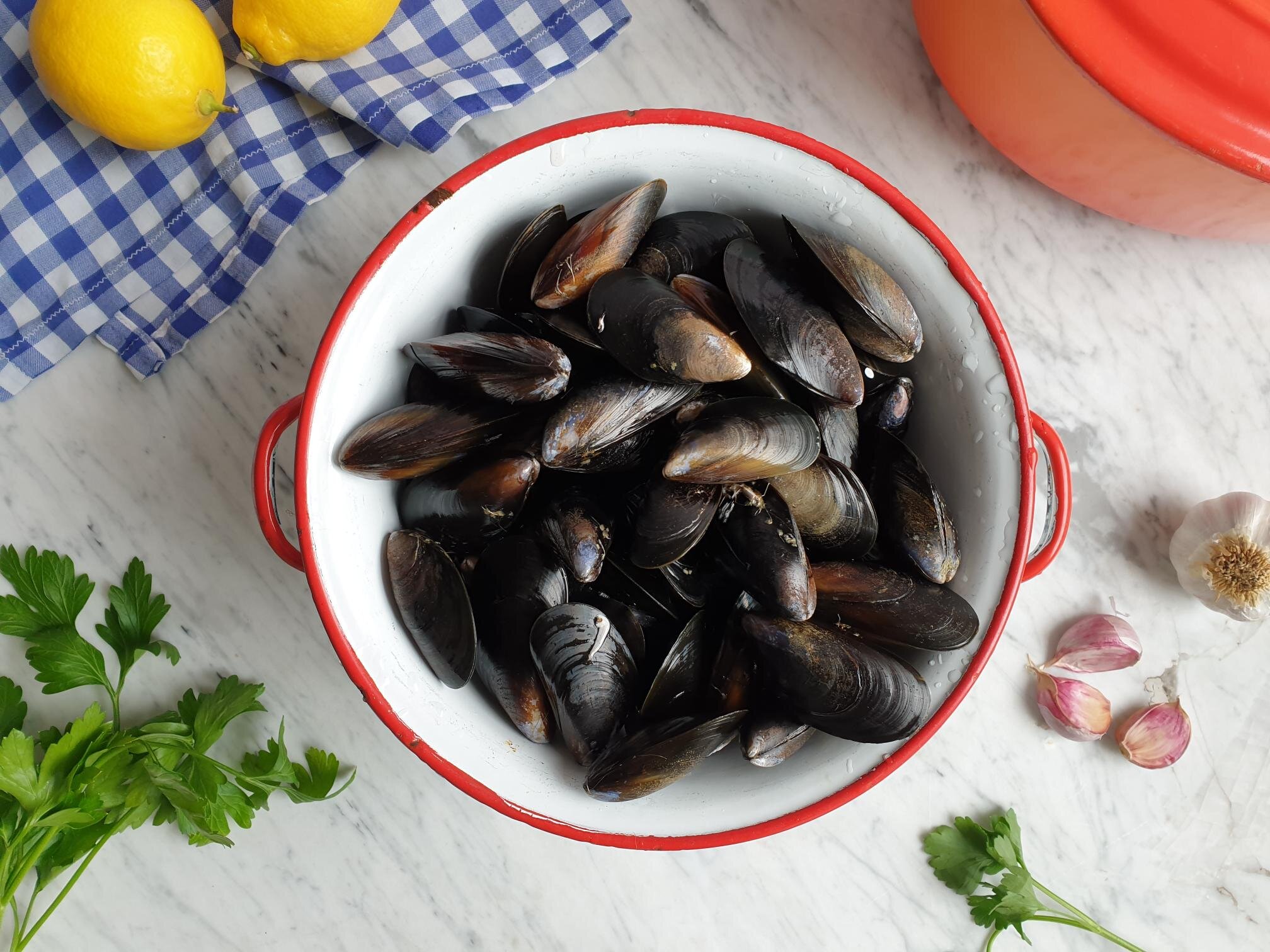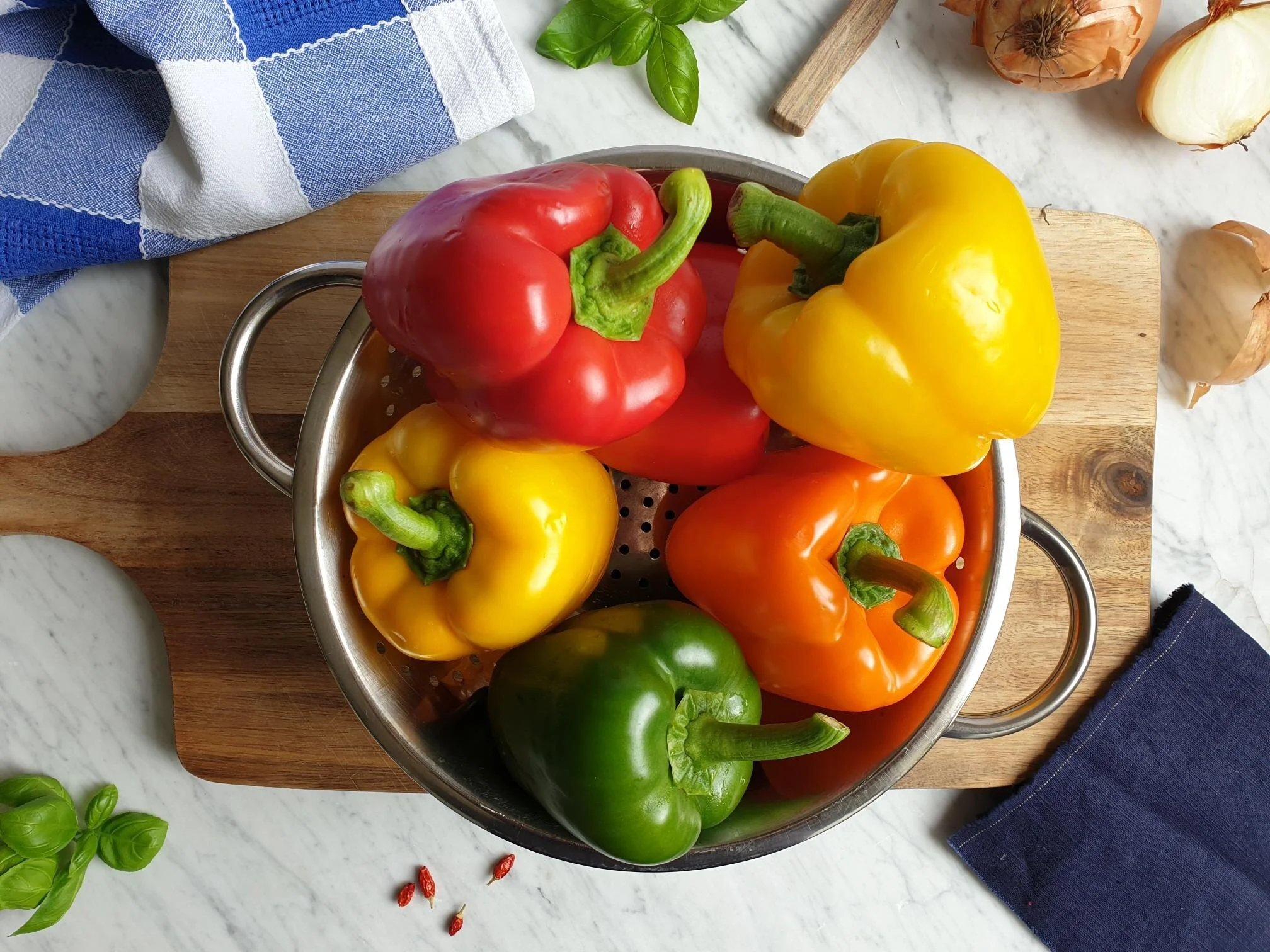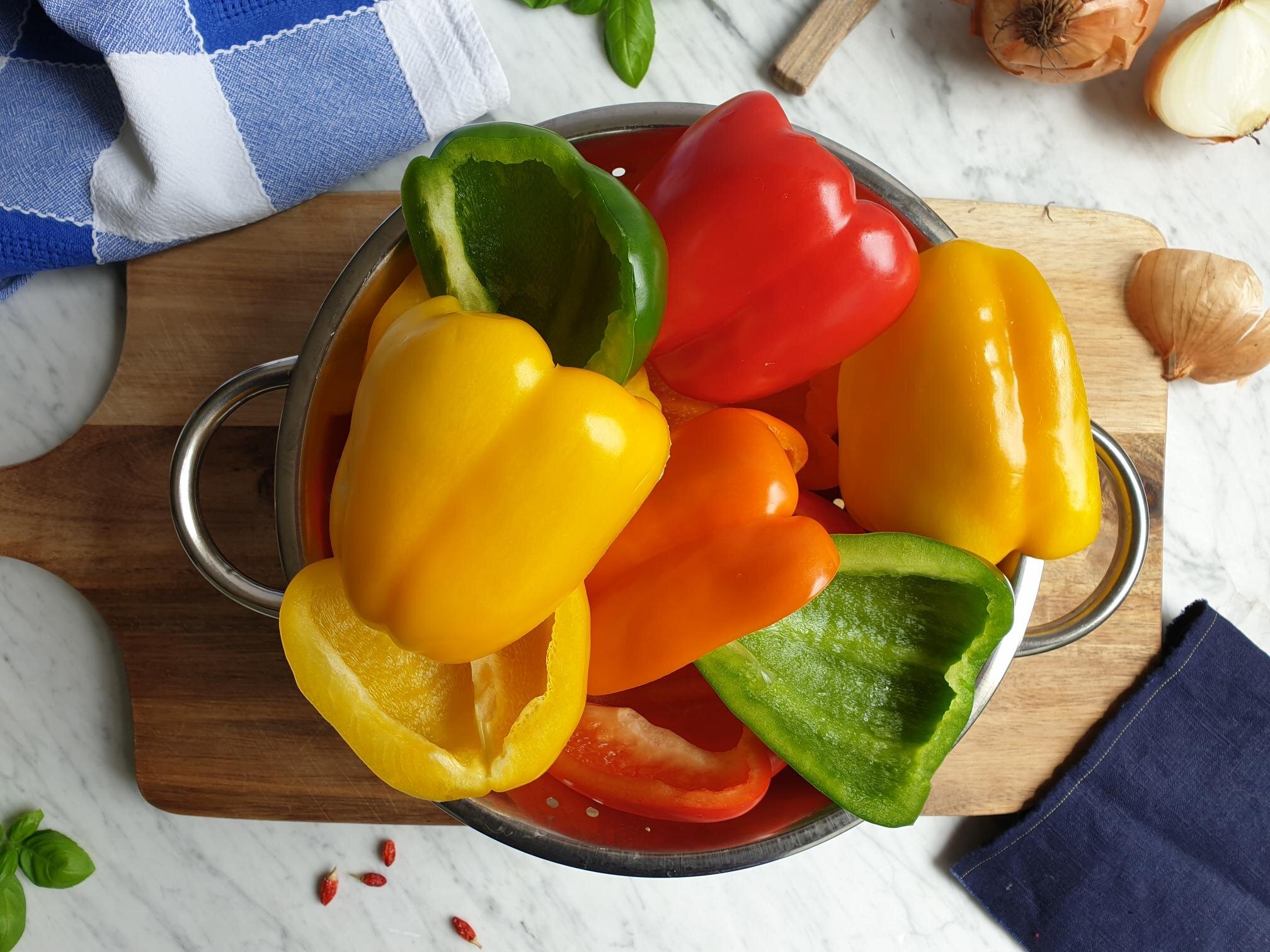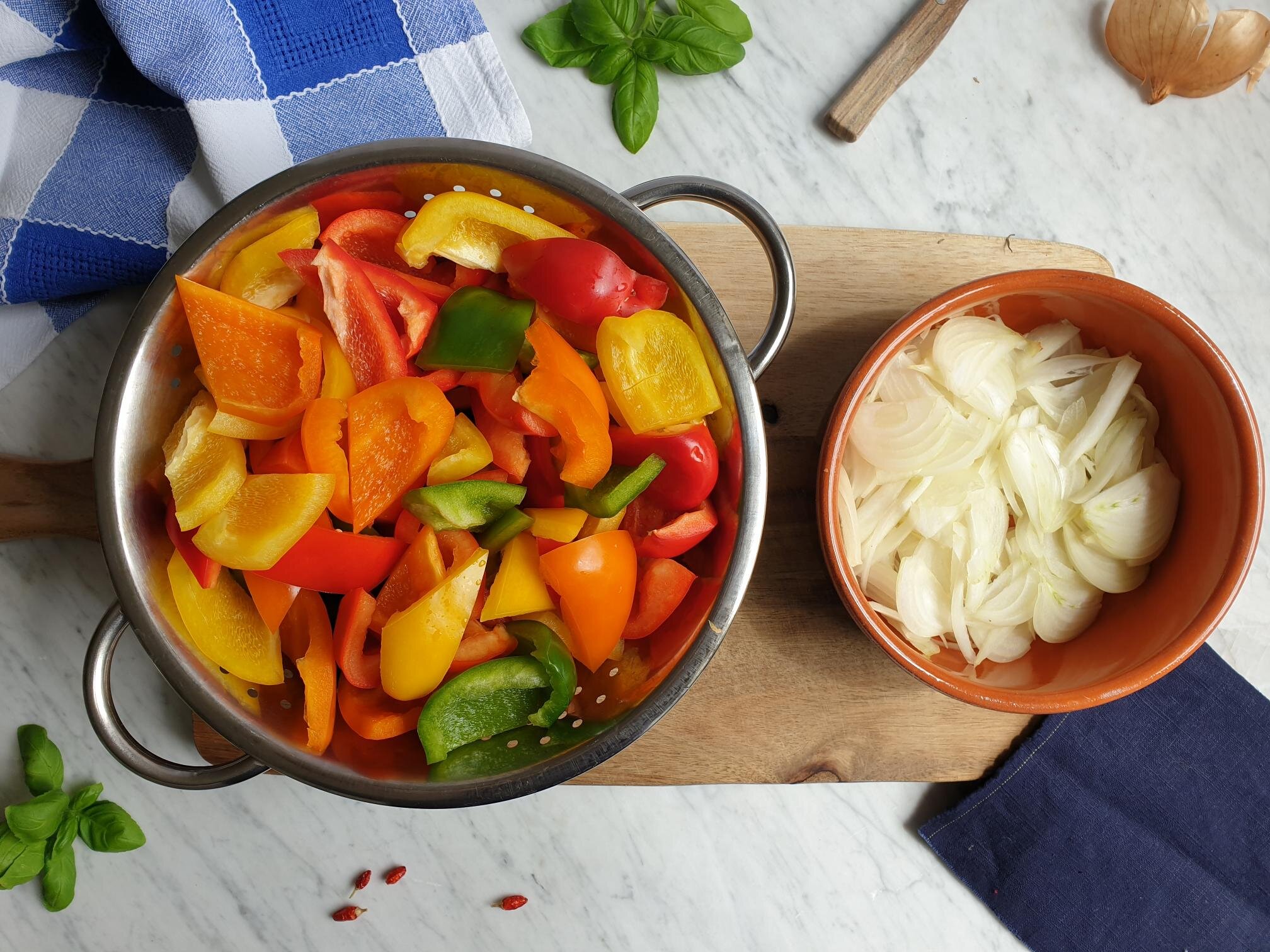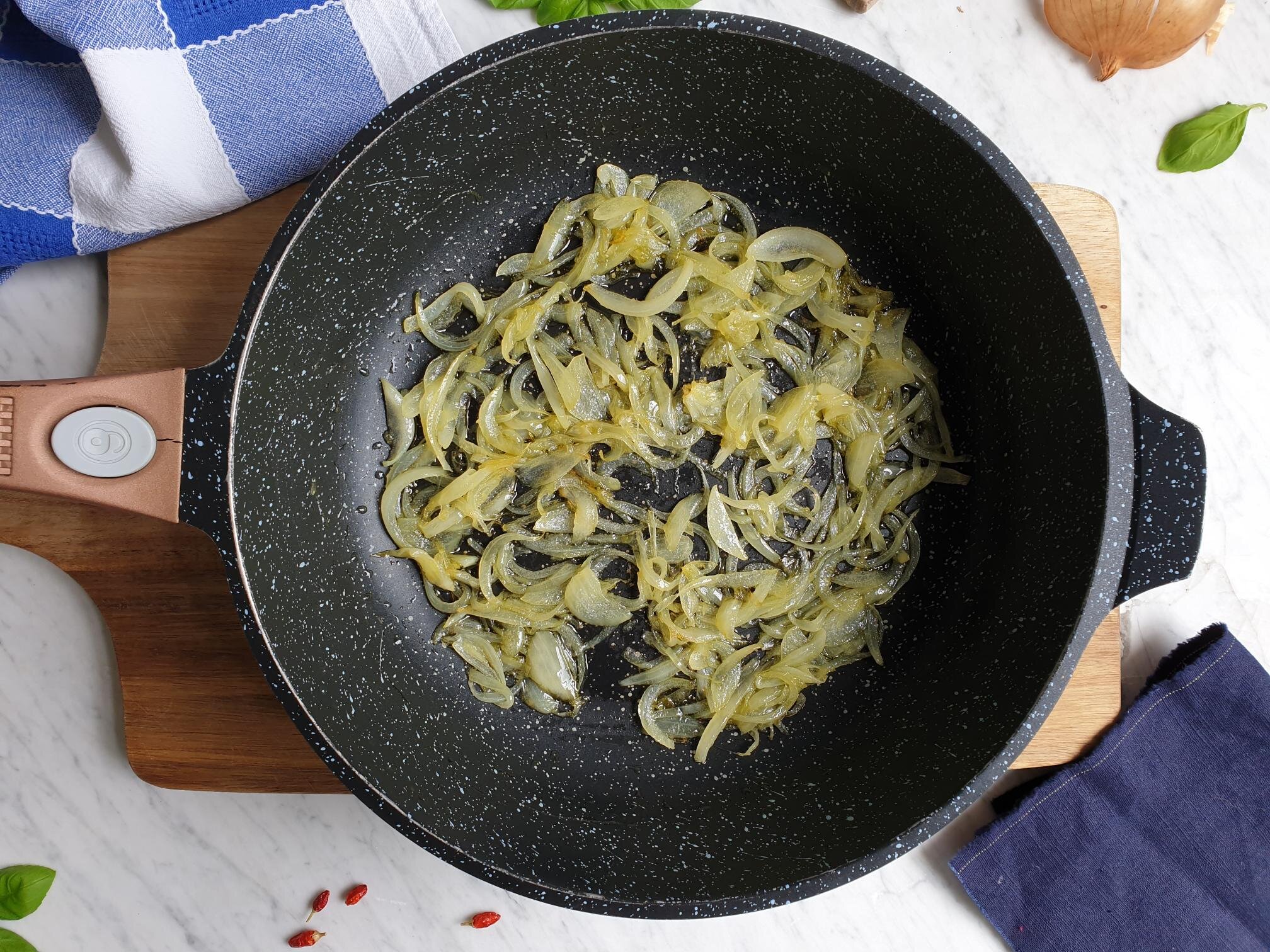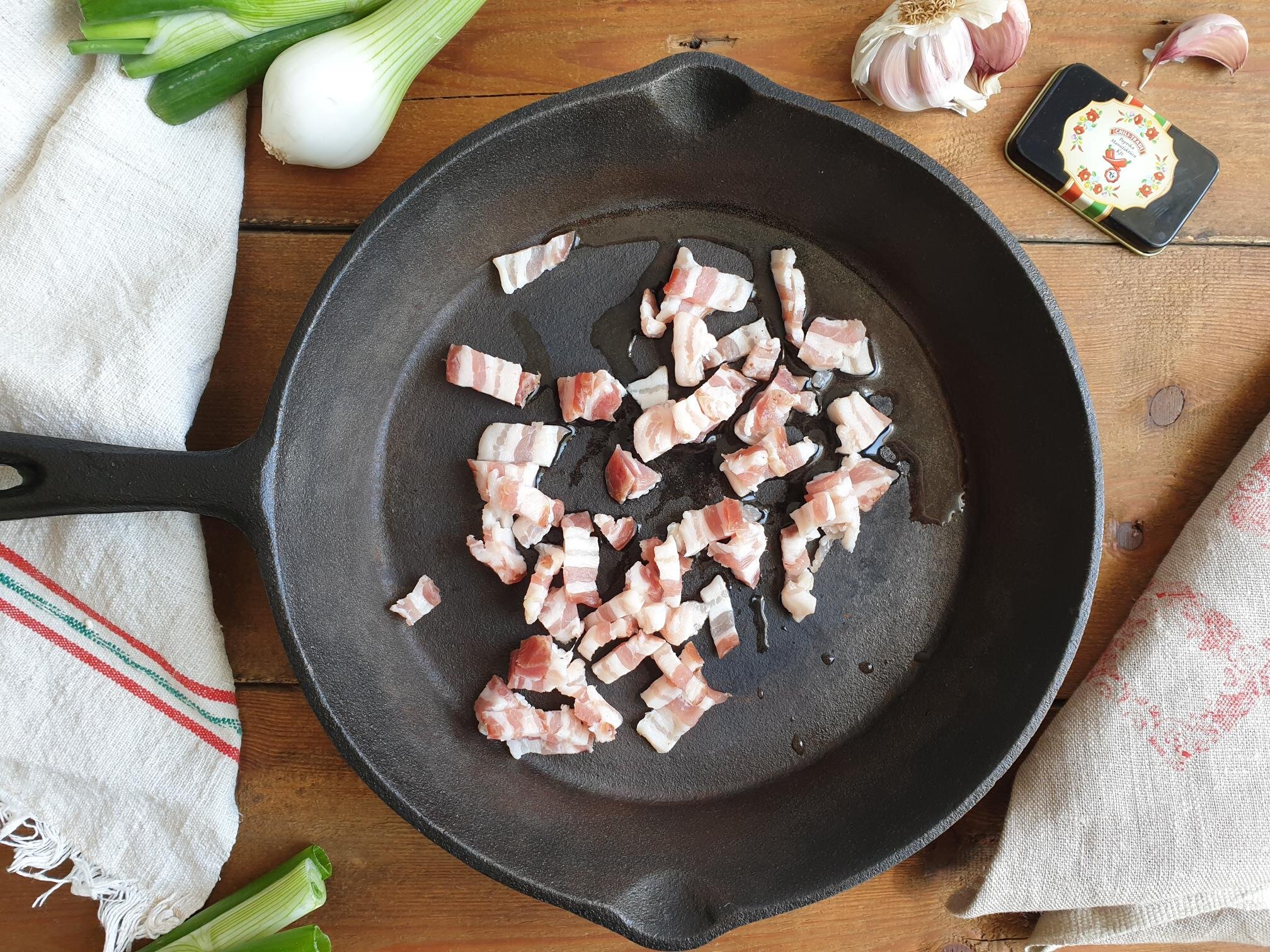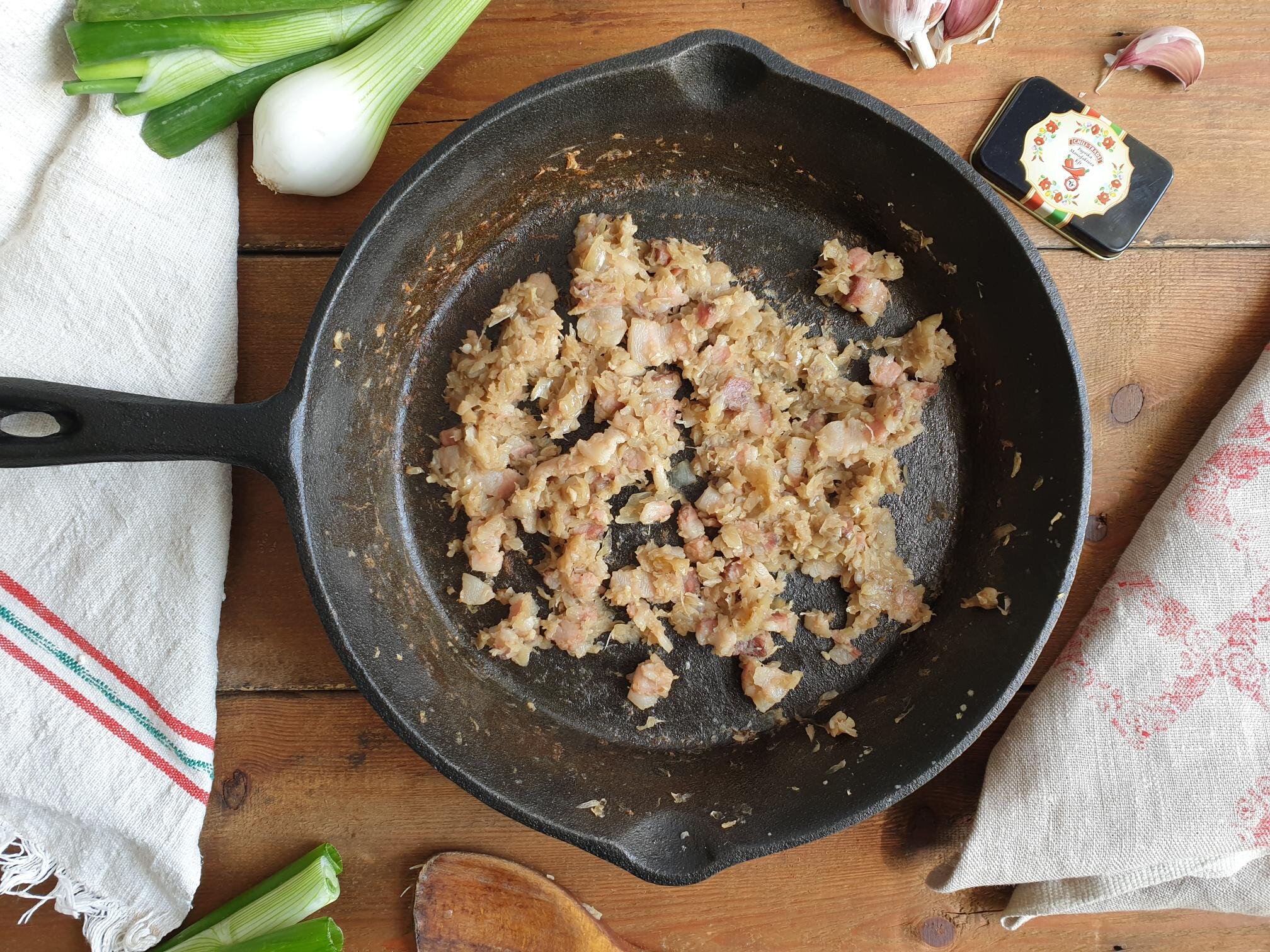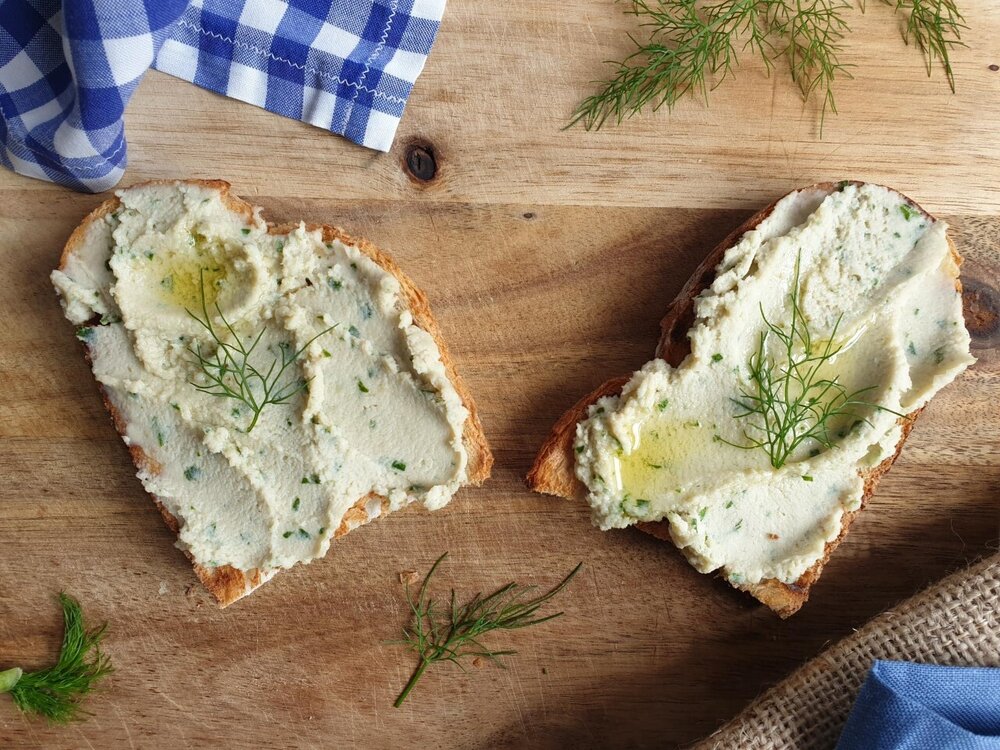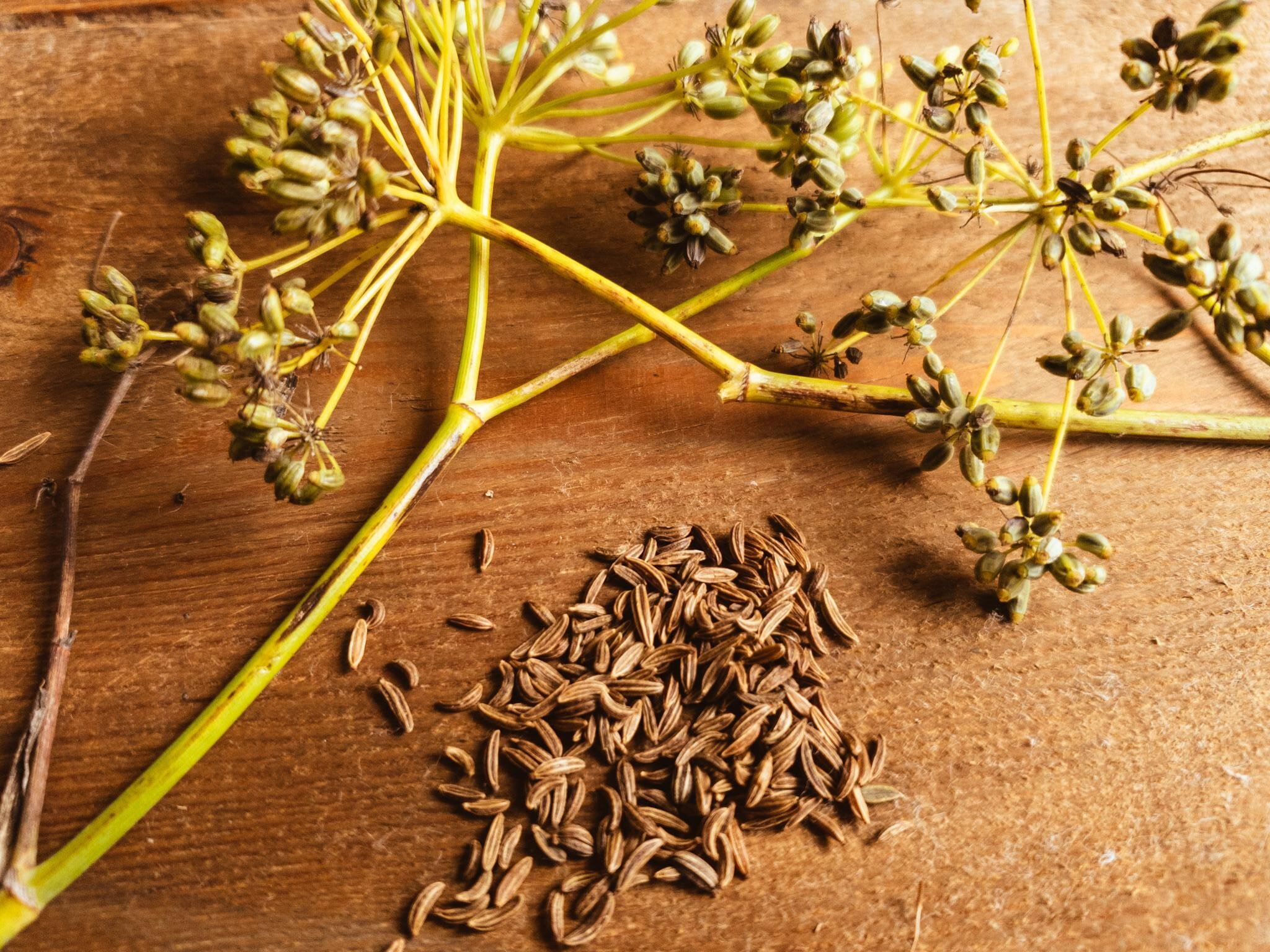Mussels buzara style with garlic, parsley and white wine Istrian Recipe
This delicious, one pot recipe for mussels, is a great way to bring restaurant style mussels to your home, as is it surprisingly easy and quick to cook yourself.
This is one of the healthiest “fast foods” filled with proteins, zing and iron, makes a great appetizer or a light meal choice, above all, it is sustainable and affordable.
Mussels alla Busara (or Buzara) or Busara mussels is one of the most traditional and common ways of preparing mussels and other type of shellfish in coastal Croatia, Istria and in Italy, in Trieste, province of Trieste and in Venice.
There are two types of busara or buzara sauce, the white variation with olive oil, garlic, white wine, fresh parsley and breadcrumbs and the red variation where finely chopped onions and tomatoes are added to the sauce, a variation very commonly used with langoustines.
This is lovely way of cooking mussels as during the steaming process they release their juices and together with the rest of the ingredients make the most delicious sauce.
This was one of my dad's favourite dishes and he used to cook it very often. When the mussels were on the menu, I knew my parents would have friends coming round, usually for a Saturday evening gathering. My dad would prepare a huge pot of mussels, placed it in the centre of the table with a big serving spoon, so everyone could help themselves, and plenty of fresh crunchy bread to dip in the sauce.
I am sharing here his recipe, but before you cook the mussels, make sure you buy them as fresh as you can, they should not have a strong “fishy” smell but should have a fragrance of the sea. As soon as you can, after purchasing, take the mussels out of the plastic bag, put them loose in a bowl, cover with the cloth and refrigerate. Drain any expelled liquid, clean and prepare them only when ready to cook.
Ingredients
Serves 4 as a starter
1kg fresh mussels, cleaned with beard (fibrous darkish brown string like hanging out of the join in the shell) removed
4 Tbsps extra virgin olive oil
fresh flat leaf parsley, a handful (about 10g), finely chopped
2-3 cloves of garlic, peeled and crushed (you can use more or less garlic depending on the size and personal preference)
1-2 Tbsp dry breadcrumbs
200ml white wine
sea salt
Method
Rinse well the mussels with cold running water.
If you find the mussels particularly dirty, place them in a large bowl or sink filled with cold water, add a generous pinch of salt and leave to soak for up to 30 minutes, this will help to get rid of sand and grit. Swish them around with your hands to wash them thoroughly and then rinse well with cold water. Most of the time, when mussels are bought at the fishmonger or supermarkets, they come fairly clean and you will most probably skip this step.
Mussels normally come with beards (fibrous darkish brown string like hanging out of the join in the shell) that need removing, but not all the mussels will have beards.
Pull off the beards, they need a firm tug, the use of knife will help you.
During this process of debearding check each mussels as you go along.
It is really important to discard damaged mussels with broken shells.
Also look for any open mussels, tap them sharply with a knife, against the worktop or the side of the sink. If they don't close, mean they are dead, not edible and you need to discard them.
Rinse the mussels well with cold water and place them in a colander to drain.
In a large pan (Dutch oven is great if you have it) put the oil and the garlic, stir around on a gentle heat for few seconds to flavour and infuse the oil with the garlic.
Add white wine, 1 Tbsp of breadcrumbs, half the parsley and bring to boil.
Add mussels, the rest of the parsley, cover with the lid and cook the mussels on a high heat for about 6 minutes giving a pan a good shake now and again so the mussels cook evenly.
The mussels are fully cooked when they are all opened, discard the mussels that have not opened.
Taste the sauce, season with sea salt if needed and add one more tablespoon of breadcrumb if you like the sauce slightly thicker.
Sprinkle cooked mussels with some extra roughly chopped flat parsley and serve hot immediately.
Just a thought
Cooked mussels should not be made in advance and then reheated and they are not particularly suitable meal for storing.





